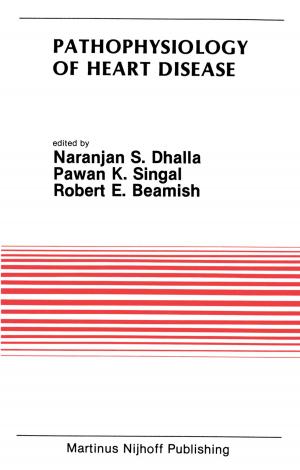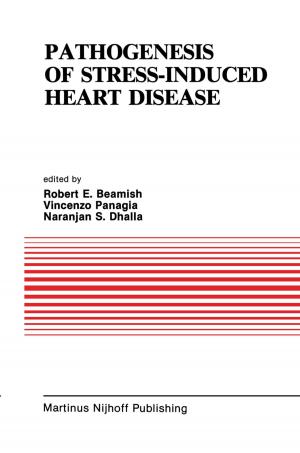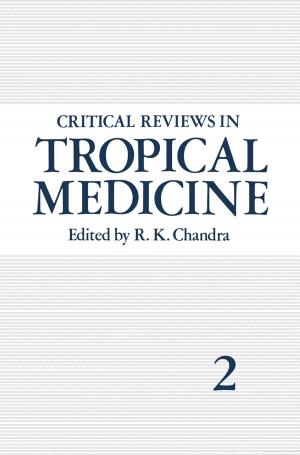New Directions in Lemur Studies
Nonfiction, Science & Nature, Science, Biological Sciences, Zoology, Nature, Environment, Environmental Conservation & Protection| Author: | ISBN: | 9781461547051 | |
| Publisher: | Springer US | Publication: | December 6, 2012 |
| Imprint: | Springer | Language: | English |
| Author: | |
| ISBN: | 9781461547051 |
| Publisher: | Springer US |
| Publication: | December 6, 2012 |
| Imprint: | Springer |
| Language: | English |
Over the course of the past decade, there has been an enormous augmentation in the amount of information available on the lemurs of Madagascar. These advances are closely coupled with an increase in the number of national and international researchers working on these animals. As a result, Madagascar has emerged as one of the principal sites of primatological studies in the world. Furthermore, the conserva tion community has a massive interest in the preservation of the natural habitats of the island, and lemurs serve as one of the symbols of this cause. Between 10 and 14 August 1998, the XVIIth International Primatology Society (IPS) Congress was held in Antananarivo, Madagascar. For a country that about a decade ago was largely closed to foreign visitors, this Congress constituted a massive event for the Malagasy scientific community and was assisted by about 550 primatolo gists from 35 different countries. Naturally, given the venue and context of the Con gress, many of the presentations dealt with lemurs and covered a very wide breadth of subjects.
Over the course of the past decade, there has been an enormous augmentation in the amount of information available on the lemurs of Madagascar. These advances are closely coupled with an increase in the number of national and international researchers working on these animals. As a result, Madagascar has emerged as one of the principal sites of primatological studies in the world. Furthermore, the conserva tion community has a massive interest in the preservation of the natural habitats of the island, and lemurs serve as one of the symbols of this cause. Between 10 and 14 August 1998, the XVIIth International Primatology Society (IPS) Congress was held in Antananarivo, Madagascar. For a country that about a decade ago was largely closed to foreign visitors, this Congress constituted a massive event for the Malagasy scientific community and was assisted by about 550 primatolo gists from 35 different countries. Naturally, given the venue and context of the Con gress, many of the presentations dealt with lemurs and covered a very wide breadth of subjects.















